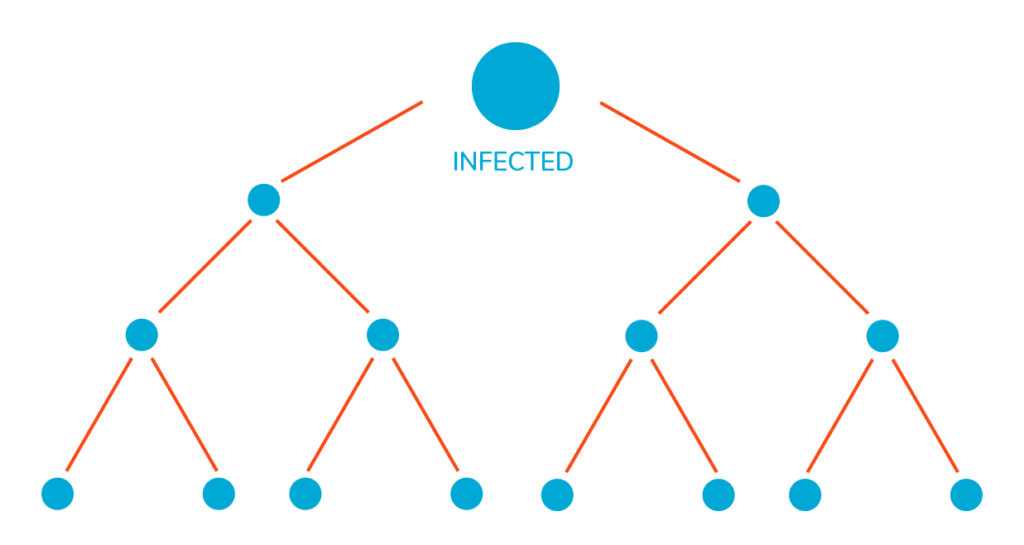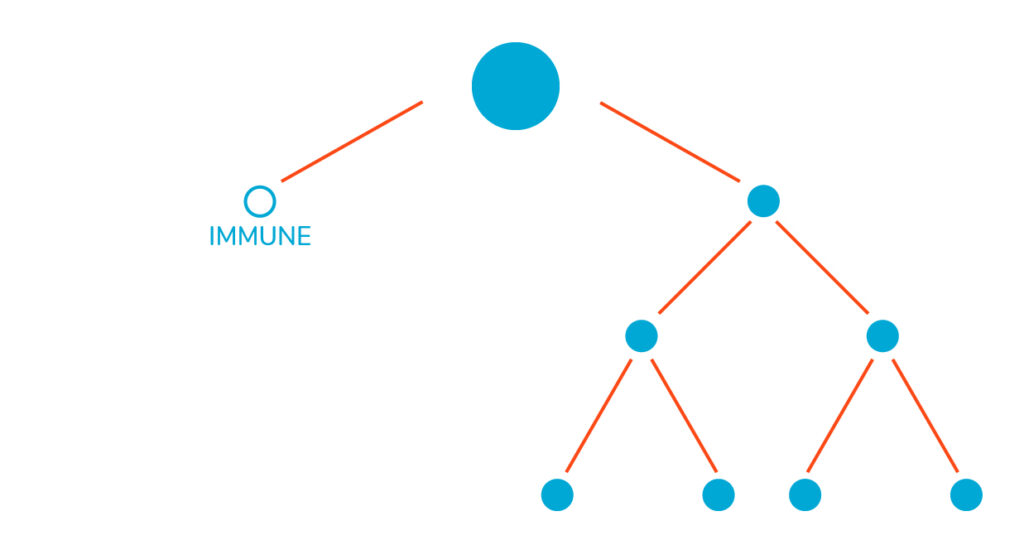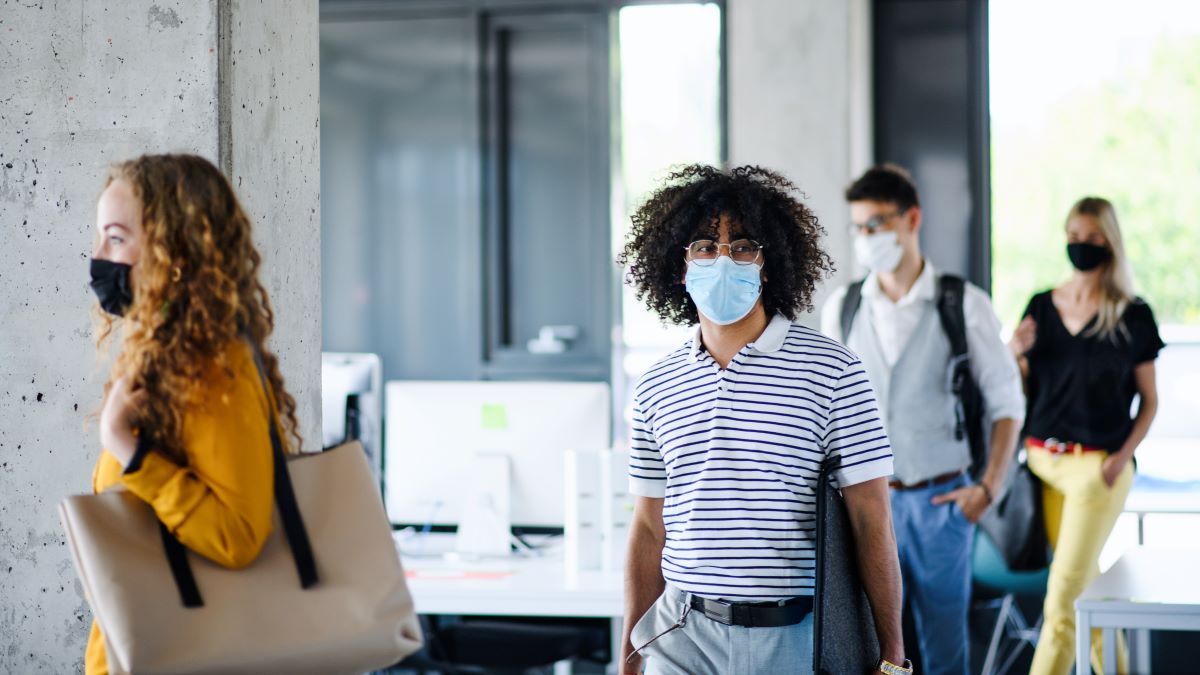Defining Herd Immunity in the COVID-19 Pandemic
It’s important to note these numbers are based on very preliminary information. The percentage range will be refined over time as further results and data are released. Premise Health is committed to providing the most accurate and up-to-date information to our clients. For more information on how Premise is responding to COVID-19, visit our Coronavirus Information Center, or contact us for more information.
As the world grapples with COVID-19 and how we begin opening businesses and returning to work, experts are looking at data and determining a realistic estimate for when the virus will stop spreading. Part of the research focus has been around the term ‘herd immunity,’ which helps slow the spread of an infectious disease based upon the number of individuals who are known to be immune.

What is herd immunity?
When a certain percentage of an entire population develops immunity to a disease, it becomes more difficult for it to spread from person to person, which eventually leads to it dying out. Herd immunity is the point at which a population has become immune to an infection, either through previous infection or vaccination, which provides a measure of protection for individuals who are not immune. For any infectious disease, experts say anywhere from 40 – 95 percent of the entire population needs to be immune individually before achieving a collective, or herd, immunity.
How do we reach herd immunity?
The needed percentage to reach herd immunity for each specific disease, such as COVID-19, depends on a variety of factors. One of those factors is R0, or R-naught.
Let’s pause there – What is R0?
R0 is the average number of people an infected person will transmit a disease to. As of the beginning of April, COVID-19 had an estimated R0 of 2.2 – 2.7. Those numbers indicate each person infected with the coronavirus could infect around two to three other people. For a disease to die out, R0 needs to be less than one.

Remember the 40 to 95 percent range from earlier? After factoring in the R0 for COVID-19, current estimates project that 55 – 63 percent of Americans need to be individually immune from the virus to drive herd immunity. If the United States is able to reach that percentage, our R0 will start to decrease until it eventually dips below one. When R0 is less than one, each infected person will, on average, transmit COVID-19 to less than one person, halting the spread.
Why is herd immunity important?
As our country takes unprecedented steps to slow the spread through measures like social distancing and temporarily closing non-essential businesses, herd immunity is also critical in mitigating exposure. In the case of COVID-19, herd immunity is significant because it helps protect those with weakened immune systems who are unable to develop immunity. With a current R0 of 2.2, one infected person can start a chain of infections, reaching hundreds of people. But if someone has developed an immunity, the disease spread is limited, effectively stopping in its tracks.

Next on industry insights.

[UPDATED] COVID-19: Screening and Testing Best Practices
Read the Blog
What Employers Need to Know About President Biden’s Path Out of the Pandemic COVID-19 Action Plan
Read the Blog